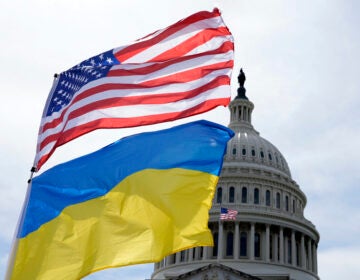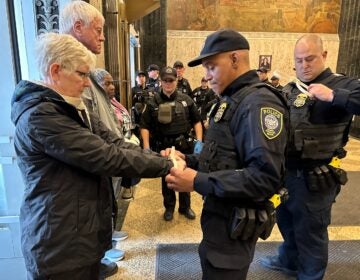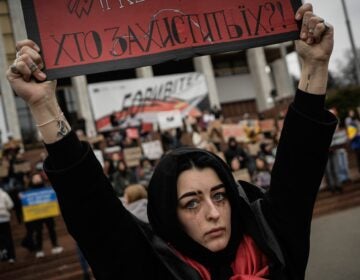Russian forces withdraw from the Kharkiv region as Ukraine pushes a counteroffensive
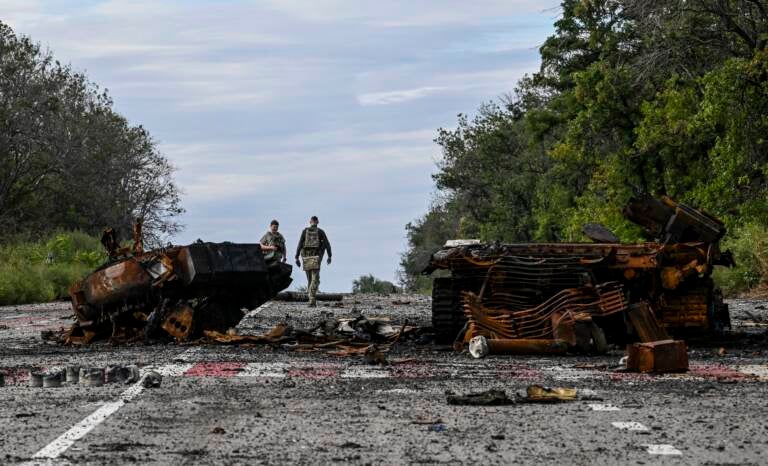
Destroyed armored vehicles litter the road in Balakliya, Kharkiv region, on Saturday. (Juan Barreto/AFP via Getty Images)
SLOVYANSK, Ukraine – Ukrainian forces have broken through Russia’s front lines in the east, retaking strategic towns and territory in a surprise counteroffensive that began just days ago.
Ukrainian officials claim to have recaptured some 270 square miles and the key towns of Izium, Balakliya and Kupiansk — all of which have been controlled by Russian forces for months.
In a video posted to Telegram, Oleh Syniehubov, head of Kharkiv regional military administration, records from Balakliya, showing the Ukrainian flag raised behind him. It is one of multiple social media posts purportedly of photos and videos of recently liberated Ukrainians celebrating the recent gains.
The deputy mayor of Izium, Volodymyr Matsokin, confirmed in a Telegram post that the armed forces of Ukraine are in the city, but said it’s too early to say the city has been liberated. He says the military is working on it.
In his nightly address Friday, Ukrainian President Volodymyr Zelenskyy claimed that more than 30 settlements in the Kharkiv region had been “liberated” so far.
While Russia’s Ministry of Defense and the Kremlin have not officially acknowledged the counteroffensive, Defense Ministry spokesman Igor Konashenkov confirmed that Moscow’s forces withdrew from the city of Izium — a key regional transportation and supply hub for the Russian military in Ukraine’s east.
“… to liberate Donbas it was decided to regroup the Russian troops in the area of Balakliya and Izium to scale up efforts in Donetsk direction,” Konashenkov said in a video, even as Russian state media reporters on the ground insisted the move was taken to avoid a rout by Ukrainian forces.
Videos posted to social media showed long lines of cars piled up at the Russian border after occupying authorities called for a civilian evacuation.
A recent analysis by the Institute for the Study of War, a think tank based in Washington D.C., said that successes in the Kharkiv counteroffensive “are creating fissures within the Russian information space” and “eroding confidence” in Russian command.
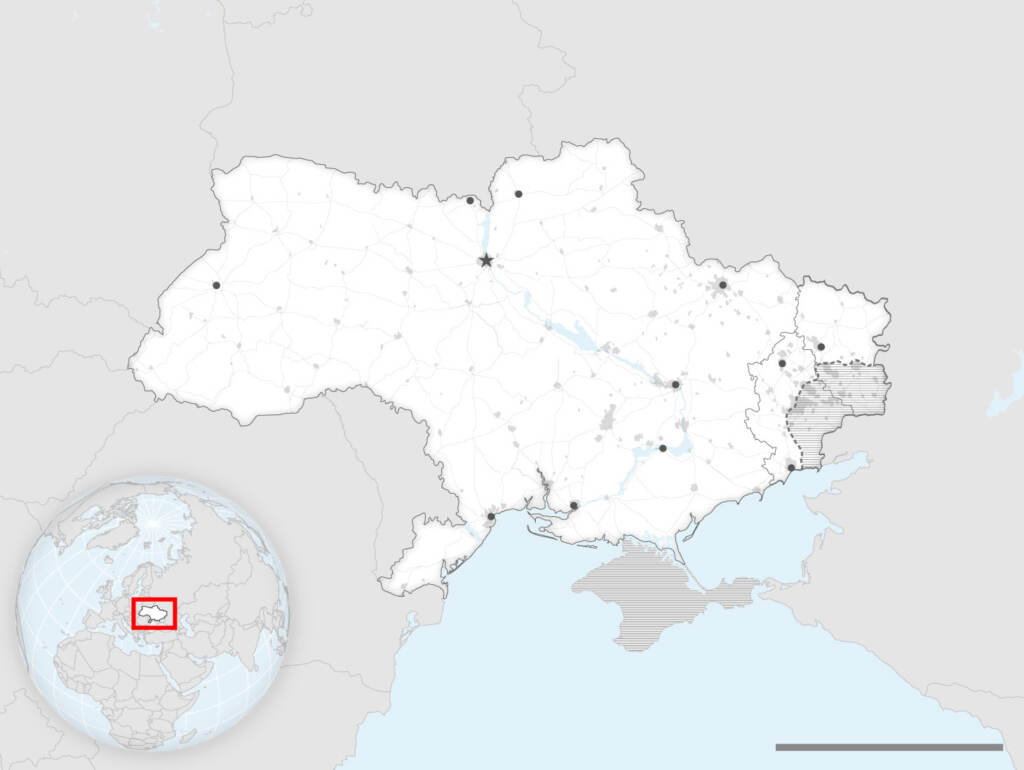
9(MDAzMzI1ODY3MDEyMzkzOTE3NjIxNDg3MQ001))


